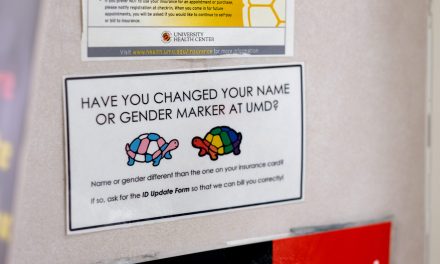By Erich Wagner
Erich@MarylandReporter.com
The money that Maryland brings in from a regional tax on greenhouse gas emissions continues to be a hot issue, as advocates debate whether it’s better to send help directly to consumers or help ratepayers reduce their bills through home improvements.
As the gubernatorial election campaign begins to pick up speed this summer, there is sure to be plenty of discussion about utility companies and the state’s energy policies.
But there is little consensus about the balance between the state’s program providing assistance on energy bills and funding to make homes more energy efficient. Divides on the issue were pronounced this year by the General Assembly’s decision to divert money from a multi-state compact aimed at reducing greenhouse gas emissions toward to direct aid instead of home weatherization.
At a brainstorming session at last week’s Maryland Association of Nonprofit Organizations legislative wrap-up, one attendee suggested direct aid for energy bills as a way to gird against future budget cuts.
But Brad Heavner, state director for Environment Maryland, said that while direct assistance is “essential,” it needs to be done while also improving homes to be more energy efficient. Otherwise, he says the state will end up “hurting the very families [it’s] trying to help.”
“People need to be able to keep their lights and their heat on in the winter. We don’t want anyone thrown out of their houses,” Heavner said. “The best thing we can do is help them reduce utility bills month after month after month with energy efficiency upgrades.”
Heavner added that funding retrofitting projects not only helps families, but stimulates the state’s economy.
But Mary Ellen Vanni, executive director of the Fuel Fund of Maryland, a nonprofit devoted to helping low-income families with their energy bills, said the state’s home weatherization program has too many restrictions. It can’t help renters or residents in dilapidated low-income housing, she said.
“If someone does own their own home, they’re shut out because they need a new roof or something else done to the shell [of the building] before weatherization can be done,” Vanni said. “We deal with as much energy conservation as we can, but with such poor housing we do what helps them save some money, [and retrofitting] isn’t affordable for the people we help.”
Vanni said much of the problem has to do with state housing policy in general. The state needs to help to renovate buildings to the point where residents could consider making them more energy efficient, she said.
Heavner argued that it’s doubly important for the state to devote more money to efficiency now, as federal stimulus money begins to run dry.
“We have a lot of small business development that’s grown because of the federal stimulus and other programs,” he said. “If all that money gets cut off, as it’s currently scheduled to do, these small companies, the hope of our economy, fall off the cliff. This is a way to create an ongoing market.”
Maryland Public Interest Research Group [PIRG] policy advocate Fielding Huseth said that although his group’s position is to support weatherization of homes as much as possible, Maryland PIRG has met with various advocates, including the Fuel Fund of Maryland, to come up with a consensus on the issue.
“We should really be teaching a person to fish rather than giving a man a fish,” Huseth said. “There’s definitely a need for bill assistance, but it shouldn’t come from [Regional Greenhouse Gas Initiative] funds. It’s an interstate compact set up for a specific purpose, to help with weatherization and reduce greenhouse gas emissions, and diverting money undermines that compact.”





Recent Comments